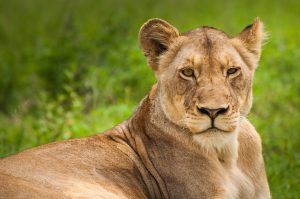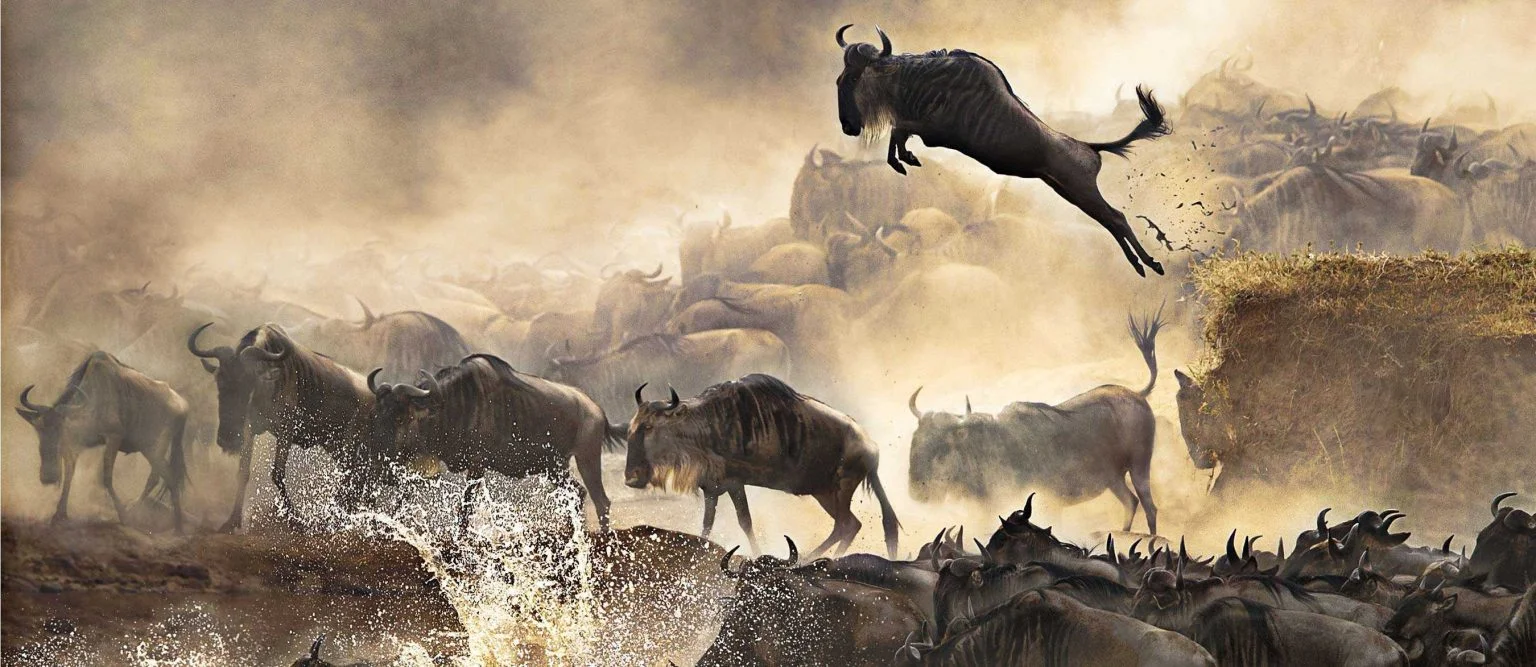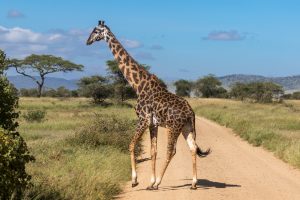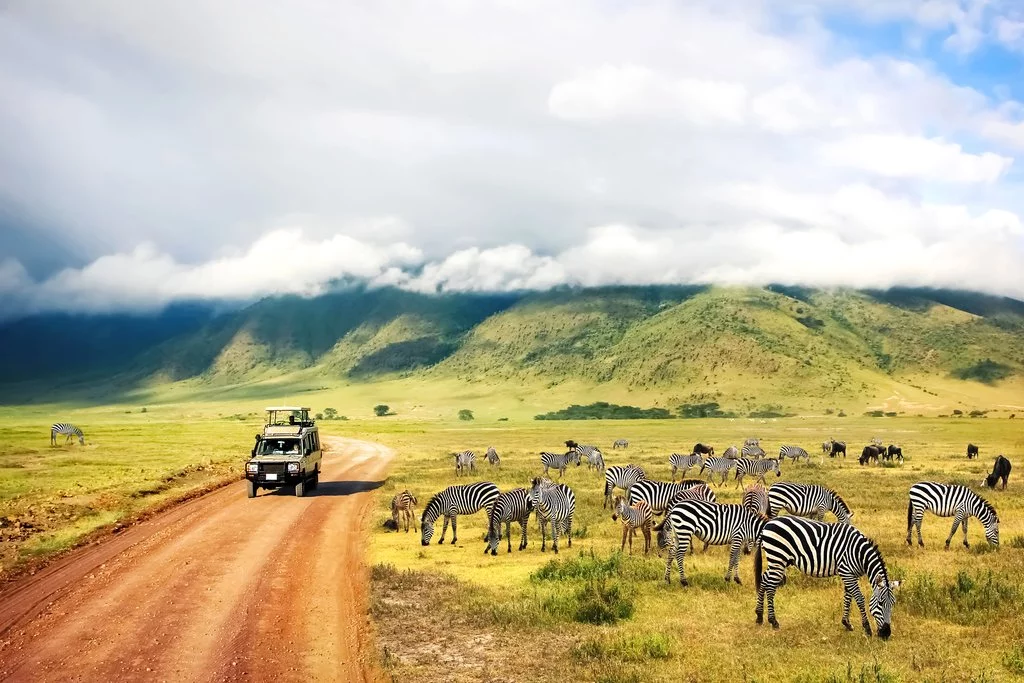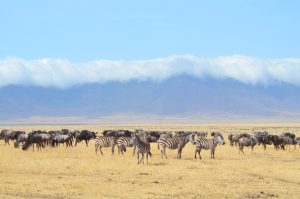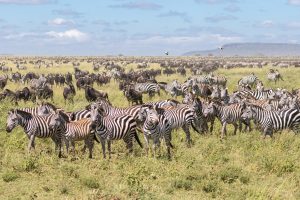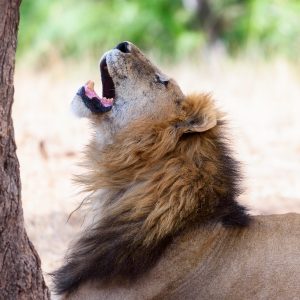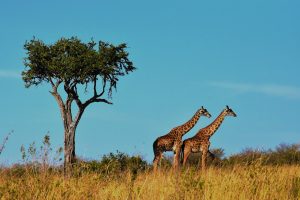Serengeti National Park
About Serengeti National Park, Tanzania
The Serengeti National Park, a name that conjures images of vast open plains, teeming wildlife, and the iconic Great Migration, is a place of wonder that has captured the hearts of nature enthusiasts and adventurers alike. Here’s a comprehensive guide to this majestic park.
History:
The Serengeti’s history is as rich and varied as its ecosystem. Established in 1951, it is one of the oldest national parks in Tanzania and has been a UNESCO World Heritage Site since 1981. The park’s name, ‘Serengeti’, stems from the Maasai language, meaning ‘endless plains’. It was here that the concept of wildlife conservation took a significant leap forward, with the park playing a pivotal role in protecting species and their habitats.
Location:
Serengeti National Park is located in northern Tanzania and extends to the Kenyan border, where it adjoins the Maasai Mara National Reserve. It spans approximately 14,763 square kilometers, making it one of the most expansive protected areas in Africa.
Attractions:
The park is renowned for the Great Migration, where over a million wildebeest and thousands of zebra and gazelle traverse its plains in search of fresh grazing pastures. Other attractions include the Big Five (lion, leopard, elephant, buffalo, and rhino), the Seronera River Valley, and the Grumeti River, which is famous for its crocodile population.
Activities:
Visitors can engage in various activities, such as game drives, hot air balloon safaris, walking tours, and cultural visits to local Maasai villages. The park also offers unique opportunities for wildlife photography and bird watching, with over 500 bird species recorded within its boundaries.
Accommodation:
The Serengeti offers a range of accommodation options, from luxury lodges to mobile tented camps, catering to different preferences and budgets. Some of the notable lodges include the Four Seasons Safari Lodge, Singita Mara River Tented Camp, and Lemala Ewanjan Tented Camp.
Accessibility:
The park is accessible via road and air. The most convenient entry points are through Kilimanjaro International Airport or Arusha, with options for transfer flights to the park’s airstrips or overland journeys by safari vehicle. Despite its remote location, the park’s infrastructure allows for relatively easy access for visitors.
Best Time to Visit:
Wildlife viewing in the Serengeti is excellent year-round, but the best time to visit depends on what you want to see. For the wildebeest calving, January to February is ideal, while June to October is perfect for witnessing the river crossings during the Great Migration. The dry season, from June to October, offers the best conditions for game viewing, as animals congregate around water sources.
In conclusion, the Serengeti National Park is a destination that promises an unforgettable experience with its unparalleled wildlife sightings, breathtaking landscapes, and rich history. Whether you’re a seasoned safari-goer or a first-time visitor, the Serengeti beckons with the call of the wild and the promise of adventure.
Best Serengeti Safari Tours
8 Days Wildebeest Migration Luxury Lodge Safari
8-Day Wildebeest Migration Luxury Lodge Safari Tanzania Parks Duration 6...
Read More6-Day Tanzania Standard Safari
6-Day Tanzania Famous Luxury Safari Tanzania Parks Duration 6 Days...
Read More5-Day Tanzania Luxury Safari Program
5-Day Tanzania Luxury Safari Program Tanzania Parks Duration 5 Days...
Read More3-Day Serengeti and Ngorongoro Standard Safari
3-Day Serengeti and Ngorongoro Standard Safari Tanzania Parks Duration 3...
Read More5-Day Standard Safari Program in Tanzania
5-Day Standard Safari in Tanzania Tanzania Parks Duration 5 Days...
Read More
